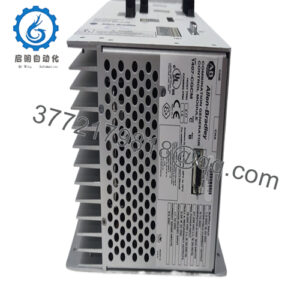Description
Product Model: 1C31224G01
Product Brand: Emerson (Ovation / Westinghouse)
Product Series: Ovation Analog Input / I/O Modules
Product Features:
- 8 independent analog input channels (4-20 mA)
- 14-bit resolution accuracy for precise measurement
- Channel isolation and surge protection for industrial robustness
- Compatible with Ovation DCS architecture, hot-swappable desi
- 1C31224G01
Applications & Industry Context
In process plants and control systems, capturing reliable analog signals (temperature, pressure, flow, level, etc.) is essential. That’s where EMERSON 1C31224G01 plays a vital role. As an 8-channel analog input module, it integrates directly into the Ovation DCS architecture to bring real-world sensor measurements into the control logic layer.
You’ll find this module in power plants, petrochemical complexes, utilities, pulp & paper, water/wastewater, and other heavy industries. For example, in a steam turbine control rack, multiple thermocouples or pressure transmitters might route through this module—each channel converting 4–20 mA loops into digital values for the DCS. In a refinery, it may monitor reactor pressure or flow transmitter outputs. In environmental plants, it might feed level sensors, pH analyzers, or dissolved oxygen loops.
Because 1C31224G01 supports isolation and surge protection, it’s particularly suited for electrically noisy environments (switchgear, pumps, motors). Its design helps prevent ground loops, common-mode interference, or cross-channel coupling in dense I/O racks.
In many brownfield upgrades, engineers replace older, lower-resolution analog input cards with 1C31224G01 modules to improve data quality without rewriting control logic. Because it’s compatible with the Ovation ecosystem and hot-swappable in many installed systems, downtime is minimized during retrofits.
Product Role & System Fit
Within the Ovation I/O shelf, EMERSON 1C31224G01 is classified as an “analog input electronics module” (EMOD). It works in conjunction with a corresponding personality or field wiring card. Field signals (e.g. 4–20 mA loops) are routed via the personality module to the electronics module (1C31224G01) for conversion, diagnostics, and forwarding to the control logic.
The module sits on the I/O rack backplane and shares power, bus communications, and diagnostic channels with the rest of the DCS. In a typical configuration, the logic controller addresses this module, reads channel values, senses fault or diagnostic flags, and executes control loops accordingly.
Because the 1C31224G01 handles multiple channels, its failure or misreading can affect many loops, so redundancy, monitoring, and spare strategies are critical. In systems that support redundant I/O, a parallel input module path may be used so that failure of one card doesn’t break control loops.
Its system fit is elegant: it plugs into existing rack slots, shares communication infrastructure, and conforms to Ovation module standards. That simplifies inventory, spares, and integration. Many DCS engineers treat such modules as “black boxes”—you swap them when necessary and rely on diagnostics rather than deep internal tinkering.
Technical Features & Benefits
Let’s dive into what EMERSON 1C31224G01 brings to the table:
Eight Isolated Channels
Each of the eight inputs operates independently, with channel-to-channel isolation so that a fault or noise on one loop does not degrade neighboring channels. Surge protection is built in to absorb transients or field spikes.
14-bit Resolution
With a 14-bit converter, the module offers precise measurement resolution—meaning you can resolve small changes in sensor values reliably. This is a step above many older 12-bit or lower modules.
Signal Type Flexibility
While many uses focus on 4–20 mA loops, some sources suggest the module may also support other signal types or interface with multiple analog formats (e.g. 0–10 V, RTDs/TCs via personality card). However, the datasheet clearly emphasizes 4–20 mA input loops.
Industrial Robustness
1C31224G01 is built for harsh environments: wide temperature tolerance, immunity to electromagnetic interference, and mechanical stability. Many users report reliable performance in power plant control rooms or chemical process settings.
Hot-Swap Capability
Depending on the system configuration, the module supports removal and replacement (hot-swap) without taking down the entire I/O rack—ideal for maintenance in live systems.
Diagnostics & Fault Detection
The module monitors open loops, short circuits, internal malfunctions, and flags them back to the controller. That allows earlier detection of sensor or wiring issues before they escalate.
From field experience: replacing aging analog cards with 1C31224G01 in several fossil plants led to a drop in signal noise and spurious alarms during startup transients. The improved isolation and protection meant fewer loop trips and more consistent control behavior.
Technical Specifications Table
Here is a structured spec summary based on credible sources. Confirm against the official Emerson datasheet for exact values:
| Parameter | Value / Range | Notes / Conditions |
|---|---|---|
| Channels | 8 analog input channels | Each channel isolated |
| Input Signal | 4–20 mA (primary use) | Core loop input standard |
| Resolution | 14 bit | Prominent in datasheet title |
| Accuracy | Typically ±0.1% FS (or better) | Cited in module descriptions |
| Isolation | Channel-to-channel, plus surge protection | Built-in isolation and transient suppression |
| Dimensions | ~12.1 cm × 5.2 cm × 16.6 cm | Quoted by a module supplier listing |
| Weight | Approx. 0.56 kg | Listed by module distributor |
| Operating Temperature | –40 °C to +70 °C (typical) | Industrial range given in web descriptions |
| Update Rate | ~250 ms (some sources) | Web listing mentions this rate |
| Input Impedance | ~250 Ω | To avoid loading loop source, as per web listing |
| Power Supply | 24 V DC (via rack backplane) | Implicit in Ovation module design |
| Certifications / Standards | EMC / industrial interference immunity | Module descriptions emphasize noise immunity |
Note: Some module supplier claims show support for TC, RTD, and 0–10 V inputs in addition to 4–20 mA. These may require the matching personality card and appropriate reconfiguration.
Installation & Maintenance Insights
Here are best practices and tips for installing and maintaining EMERSON 1C31224G01:
- Mounting & Cooling: Install in the correct rack slot, ensuring proper backplane engagement. Leave space above and below to promote airflow and dissipate heat from adjacent modules.
- Wiring & Grounding: Use shielded twisted-pair for signal loops. Ground the shield at a single point (usually the controller end) to avoid ground loops. With isolated channels, keep wiring organized by channel.
- Hot-Swap Precautions: If the DCS rack supports live removal/insertion, ensure that proper procedures are followed (disable loop outputs, remove power to module bus, etc.). Although the module supports hot-swap in design, careless removal may cause transients.
- Commissioning Tests: On commissioning, drive each loop through its full span (4–20 mA), verify linearity, monitor response time, and check diagnostics. Monitor for drift or fluctuations under load.
- Periodic Checks: At maintenance intervals (e.g. annually), inspect terminal block tightness, connectors, wiring insulation integrity, and look for corrosion or discoloration. Re-torque screws to spec, examine shield continuity, and verify module diagnostics.
- Failure Handling & Spare Strategy: Because this module serves multiple loops, failure can have broad impact. Maintain a spare, pre-configured 1C31224G01 in stock. Before switching it into service, run a “burn-in” test (continuous operation under load for 24–48 h) to catch latent problems.
- Firmware & Configuration Backup: Keep an updated backup of calibration offsets or configuration settings so that a replacement module can be quickly aligned without re-commissioning each channel individually.
- Monitor Diagnostic Flags: Watch for “open loop”, “shorted loop”, or internal error flags via the DCS interface. If diagnostics show recurring issues on a channel, inspect field wiring, transmitter, or loop continuity rather than repeatedly swapping modules.
From field experience: in one plant, a faulty thermocouple loop caused intermittent noise that tripped the channel. Because the 1C31224G01 flagged the fault early, we traced the issue to wiring shielding before it escalated to control system failures.

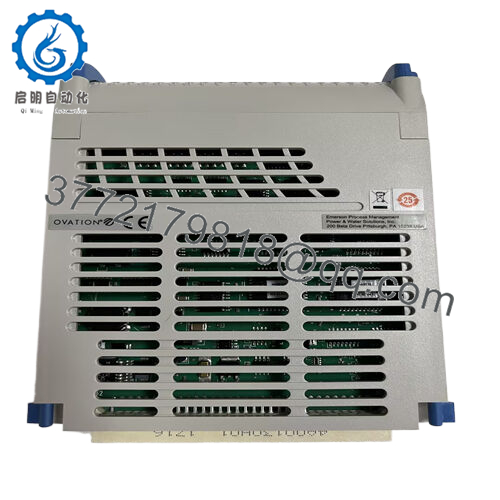
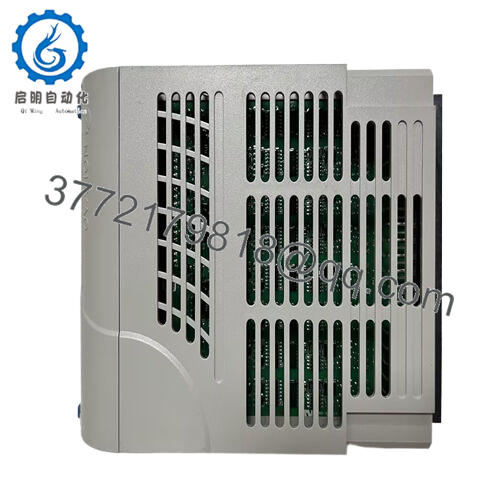
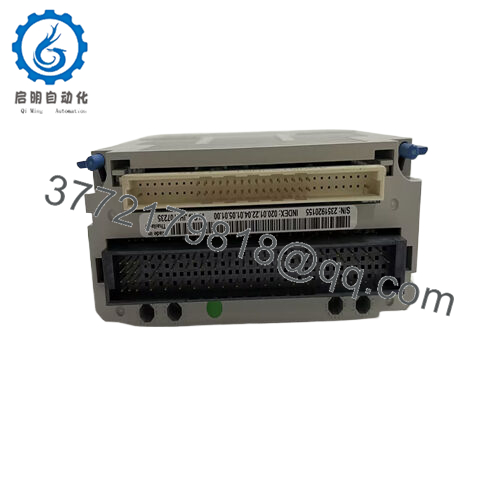
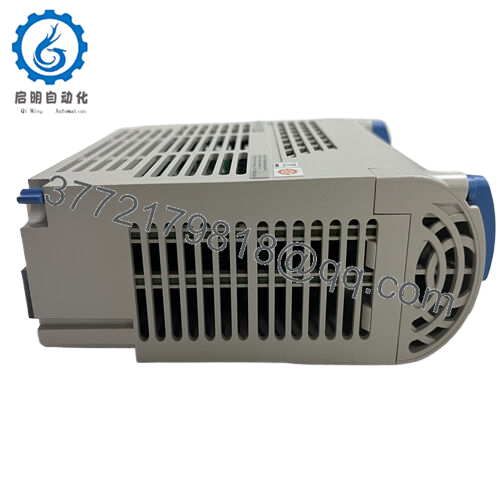
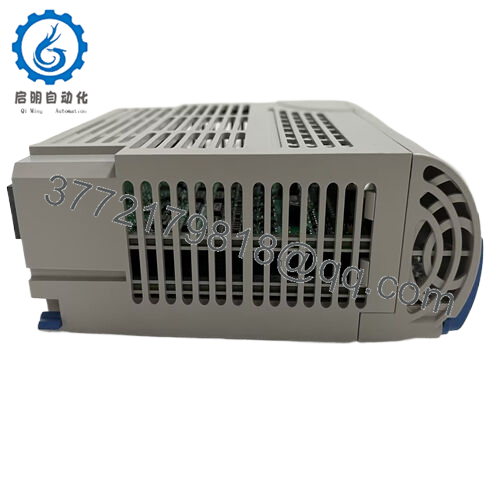
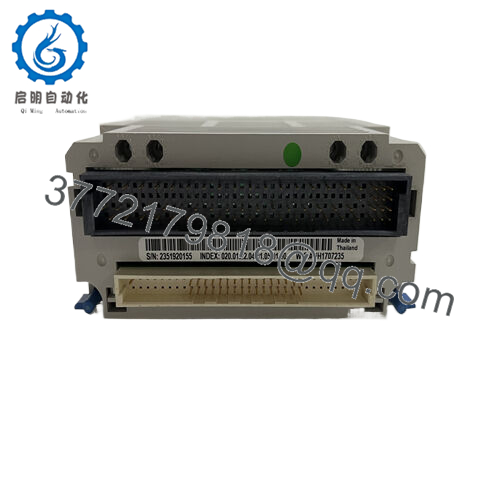
 WhatsApp: +86 16626708626
WhatsApp: +86 16626708626 Email:
Email:  Phone: +86 16626708626
Phone: +86 16626708626
